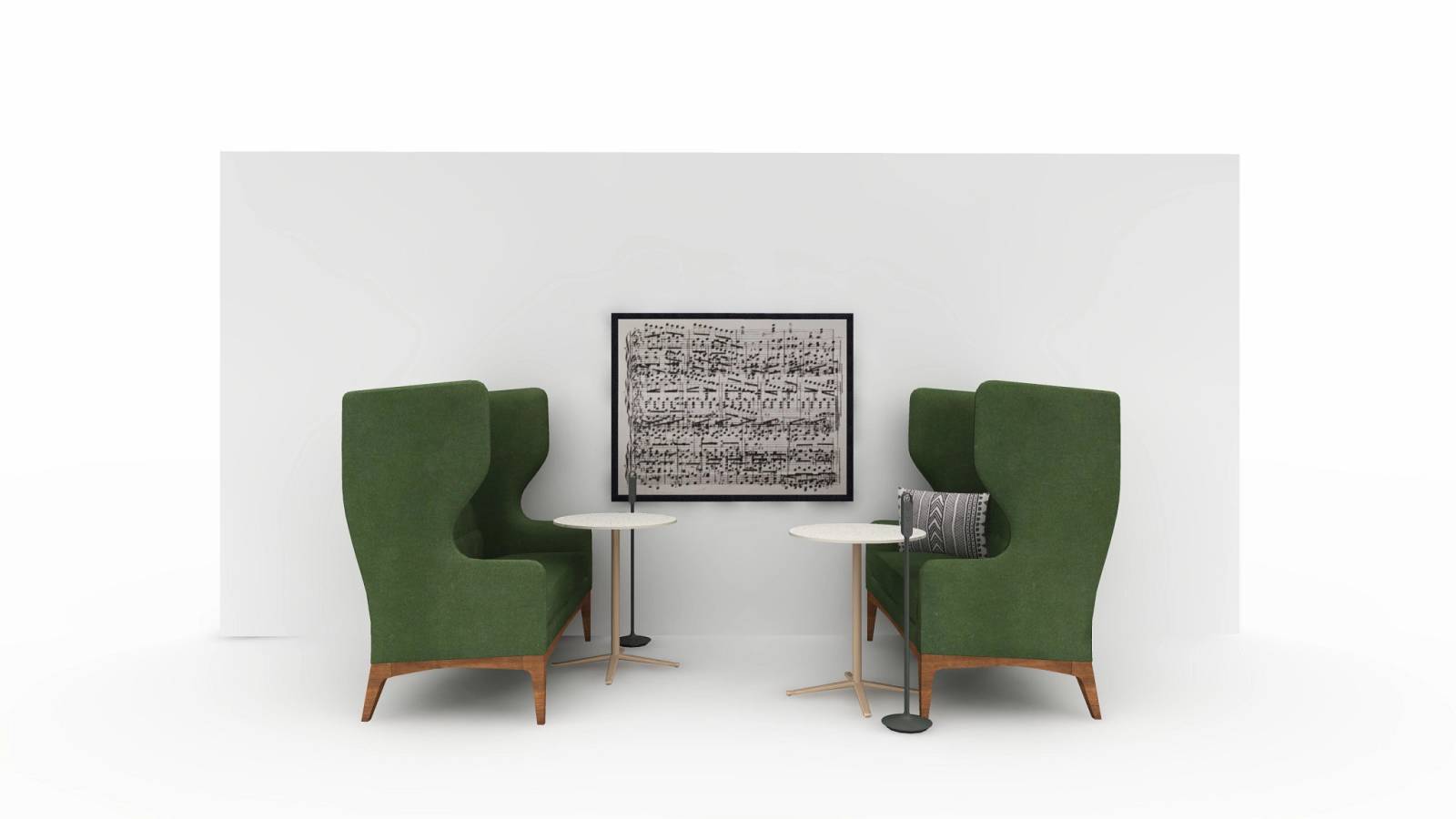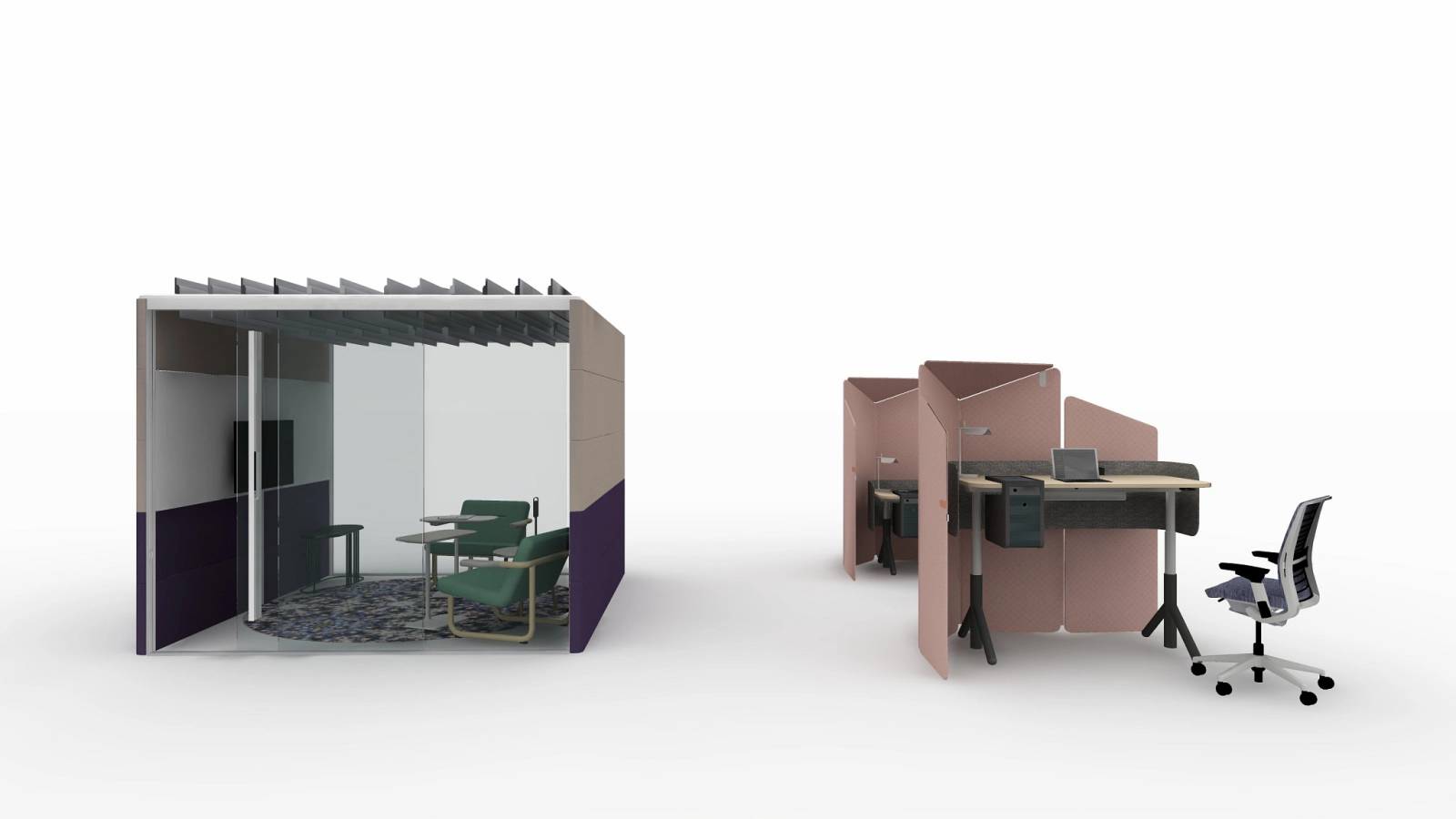Our Plan Better Series explores What will your workforce need in order to remain productive and move organizational goals forward?
Experiment & Learn
What the pandemic taught us, along with exhaustive research by Steelcase, is that workplaces must do more to support human needs. Figuring out how to plan for facilities or real estate needs in the now, near and far can be daunting, so companies often turn to experiments to test and assess possible solutions.
According to this great article by Gensler, a Pilot Space provides a trial period with a new design concept to help save time, stress, and deliver key learnings that can be used for change management. This is especially critical now as companies face a workforce that has new expectations, is emotionally worn out, and bears the weight of driving an economic recovery.
“These are certainly uncertain times. And the stakes are quite high for those making real estate portfolio decisions that will affect organizational culture and performance for years to come. But in the face of this anxiety, there’s a low-risk and high-reward solution: the pilot space.” (Gensler)
Pilot Spaces have been long used by organizations looking to use the built environment as a strategic growth lever. For example, if a company wants to enhance their recruitment and retention initiatives, the physical space can be reimagined and redeployed to draw in top talent, and remain flexible over time to support an increasingly upskilled workforce. If the company is pivoting to new business conditions, they can use Pilot Spaces to introduce and support Think Tanks, Production Studios and Work Café Settings. These are not radical ideas; companies are reinventing their business models and using their facilities to help drive change.
A Pilot Space is a temporary installation of a new design concept, which creates a way to test new ideas in real life. Workers who will eventually inhabit the new workspace layout get a chance to experience it firsthand and provide feedback.
Solutions that incorporate new design principles and product applications can be provided by furniture dealers in partnership with design firms, who create specific “design intent” stories for each area that describe the why behind the solution.
Small Changes, Big Benefits
A theme we’re seeing with companies looking to return their workers, or adopt new design principles to enhance wellness and job satisfaction, is to incorporate more social spaces. Social spaces offer robust support for work, but encourage communication and a sense of respite, which can lead to more creative and innovative thinking.
The space shown here doesn’t need a big footprint or core drilling for power, so it makes an effective Pilot Space to help gauge if a workforce would respond positively to the idea. We recommend companies leave a tablet in the Pilot Space to collect structured feedback in the form of a survey or poll.

Ready to pilot your new experience.
A better work experience starts with a better workplace.
Privacy is comforting
Private offices have long been equated to high status, indicating a level of independence and secrecy. While the shift to open offices has disrupted this model of status-through-seclusion, workers often feel more productive with a degree of privacy. We provide this through a choice and control approach by creating environments that can be easily adjusted to achieve varying degrees of privacy (physical, visual or sound).
A range of privacy options can be introduced and tested with a Pilot Space that combines an enclosed pod for small private meetings, and adjacent individual spaces to nest while waiting for the pod, or simply to touch-down for a few hours and work independently. This solution creates an inviting atmosphere that defines space, is flexible, and meets modern worker expectations for boundaries, privacy and connectivity.


